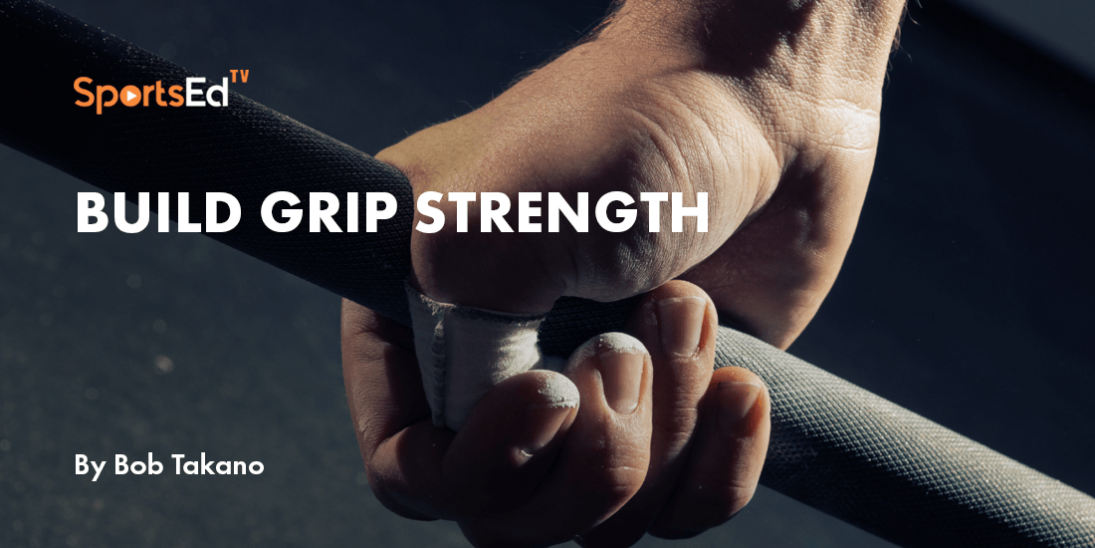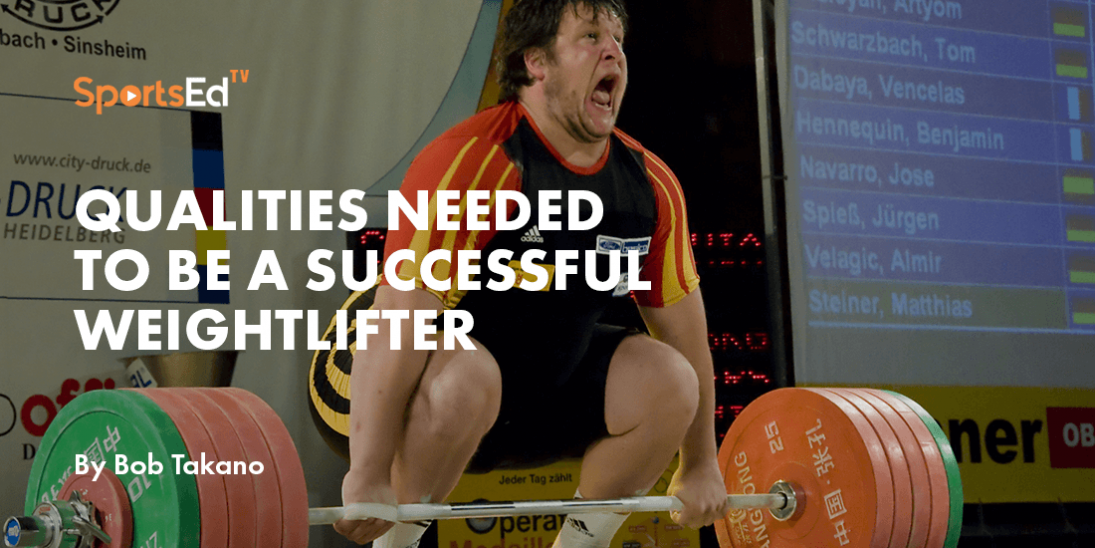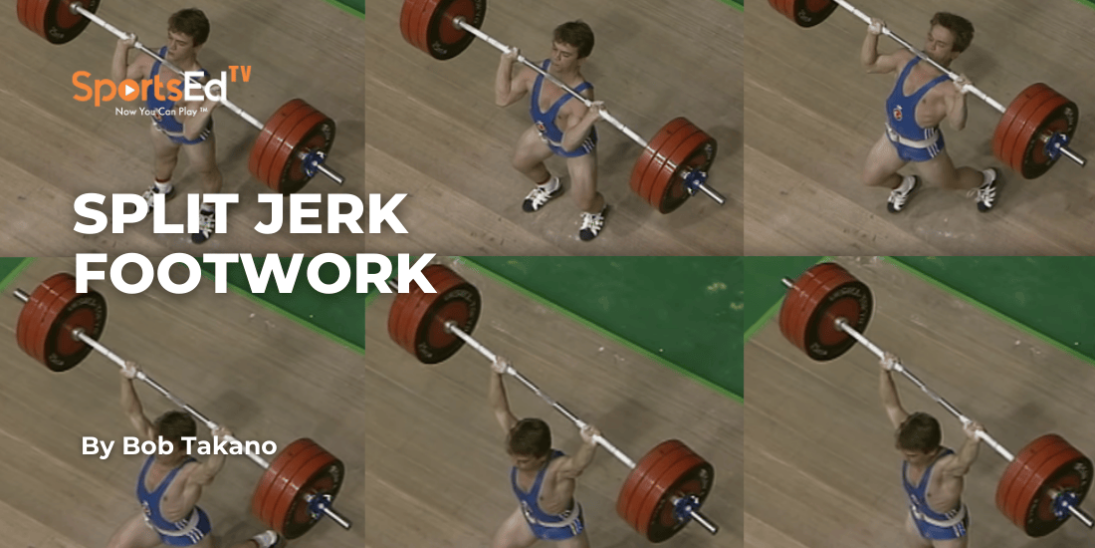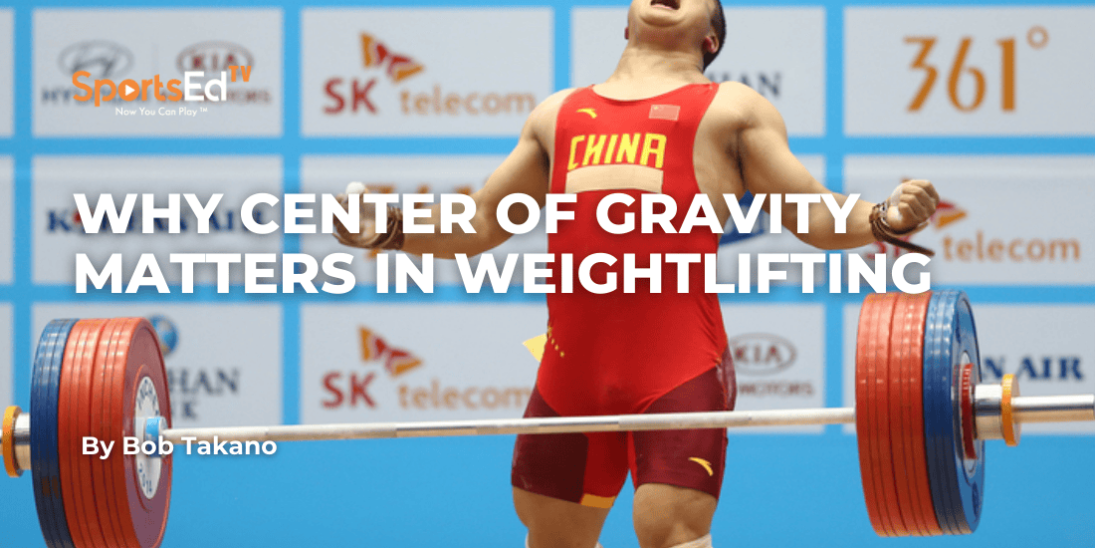Weightlifting
Welcome and thanks for visiting...

Maximizing Weightlifting Performance: The Essential Guide to Building Grip Strength

One aspect of weightlifting training that is too often ignored is grip strength. Both the snatch and clean are dependent on transferring power generated by the hips and legs through the grip on the bar. Strong legs, hips, and back are of little value if the generated force cannot be transferred to the barbell through the grip.
During the initial phases of development, grip strength is not a relevant factor since the athlete has not developed the capacity to generate great power. It will continue to grow in importance, however, as the technique development and strength development increase.
The snatch, in particular, places a greater emphasis on grip strength than the clean, even though heavier weights are lifted in the latter. In the clean, the arms are closer to the bar, perpendicular to it, and thus, all four fingers can grip it. In the snatch, because of the angle of the arms in relation to the axis of the bar, all of the fingers cannot effectively grip the bar. If the snatch grip is especially wide, the gripping force may be generated by just the index and middle fingers. This can lead to the grip coming loose during the performance of the snatch pull.
Common Mistakes to Avoid for Optimal Grip Strength Development
Strap abuse: Some athletes use straps for most snatches, cleans, and pulls. This leads to a failure to develop grip strength.
Too much block training with long intervals between reps. Snatches, power snatches, cleans, and power cleans, as well as pulls performed off blocks, allow the grip to relax between reps. The longer the interval between reps, the less grip strength development.
Lifting from the hang while lowering the bar to the platform between reps. Lowering the bar to arm's length provides another opportunity to improve the grip.
Dropping the bar between reps. The development of bumper plates has led to a common practice of dropping the bar. In the era of iron plates, each rep had to be carefully replaced on the platform and that led to the development of greater grip strength.
Strategies to strengthen the grip
- Lower a snatch or clean to the thighs between reps and then return it carefully to the platform.
- Lifting from the hang without straps and minimizing the time between reps.
- Use straps only for pulls.
- Wrist curls while opening the hand and fingers to start each rep.
- Lifting while gripping the bar with a piece of furniture foam between the palm and bar.
- Lifting with gloves
Remediate the grip during the Preparation of mesocycle
Since some of the aforementioned practices might alter technique slightly, they should be undertaken mostly during the preparation of mesocycle(s). Once grip strength has improved, it should be maintained by using them during the performance of the snatch, power snatch, clean, and power clean.
Grip strength is one hallmark of weightlifters. This point was driven home to me when, on one occasion, I was introduced to one Luis Freitas, Mr. Universe. He was loaded with huge, bulging muscles. I shook his hand and was immediately taken by the gracile nature of his hand development. I realized that the big muscles could not be harnessed for the performance of many demanding tasks because of the lack of grip strength. I have shaken hands with many great weightlifters, and the impression of great grip strength is always transferred through the handshake. If you want to be the best weightlifter you can be, make sure your progress is not hampered by a lack of grip strength!








